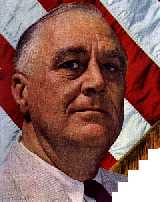Think of this as Volume 18, Number 20 of the newsletter I have written weekly since March, 1997. Enjoy.

A lot of people will tell you it's about gas prices, or slow household formation. But it's a trend that has been building for decades, and the economic change it represents is permanent. As permanent as such change can ever be, as you'll see.
That change is in the locus of economic growth. During the “Mad Men” decade, that locus was moving from the factory floor to the office tower. You can see it in the background of the show. Agencies that were struggling with print ads early in the decade were prospering with TV and computers by its end. Men in Gray Flannel Suits from 1960 had become wealthy and filled with ennui by 1969.
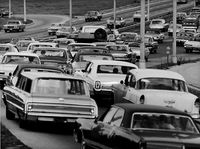
The move to offices heralded the rise of the Sun Belt, cities like Atlanta and Dallas that were built along freeways, paid for with federal dollars. They put as little as possible into their own infrastructure and sprawled across the countryside. This forced new generations of baby boomers further-and-further from the center of town, leading to the creation of newer “edge cities” even further from the city center.
By the turn of this century the “urban core” had become a wasteland, the suburbs replacing the city as the economic center. Suburbanites, unaware of how much federal aid had created their new environment, turned strongly against government on all levels, preferring the counsel of increasingly radicalized preachers, railing against the city and everything in it, to their own economic interests.

Today there is only one product that is made by hand, in offices. Software. The office towers have become cube farms.
Creativity, and economic growth, has shifted to the college campus. Research is the name of the game, using scaled computing resources to solve huge problems with vast economic potential – medical problems, energy problems, environmental problems. Research is held by the campus and turned into products or services by venture capitalists and entrepreneurs, who often ship production overseas and focus instead on marketing.
What started at Stanford and MIT is slowly transforming our other cities. You can work at an office for 8 hours each day, spend another 4 hours in transit to your suburban manse, and separate work from life rather easily. Research is different. It's all-consuming. Ideas can appear at any time of the day or night. You need all your resources close at hand, including the members of your team.
As our economic lives have moved from 9-5 to 24-7, our cities have been changing. New econonic cores have developed around college campuses focused on research, and the suburbs have begun to atrophy like the “rust belt,” the factory-based economies of the old cities, atrophied a generation ago.
In my own life, this has meant a sweet revenge.
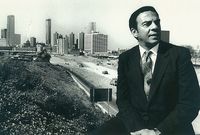
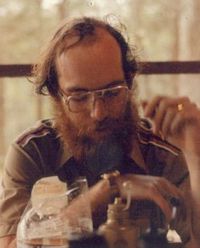
Then, as the “Creative Class” began moving back to town, around the time of the Atlanta Olympics, a hidden meeting occurred and the color line moved south. The value of homes around me exploded, as my old neighbors died off. They were replaced by young white couples who worked at Emory University, two miles to our north, or took the train to jobs near Georgia Tech and Georgia State University, the latter transformed into a research institution by a visionary president named Carl Patton. The old run-down East Lake golf course near my house was resurrected by the leadership of developer Tom Cousins, whose East Lake Foundation helped blow out the nearby public housing project.
Today the homes near me are either being given second stories or they're being torn down and replaced, sometimes with half-million dollar mansions. Average incomes in Kirkwood surged about 30% in the last decade and are still growing.
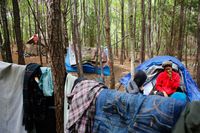
When the Braves wake up, four years from now, they're going to see that the area around them has become a new central city, one with poorer growth prospects than their old home because it lacks a research university at its center. They're going to see ghettos creeping ever-closer to them, just as they saw when they moved to Atlanta Fulton County Stadium from Milwaukee in the 1960s.
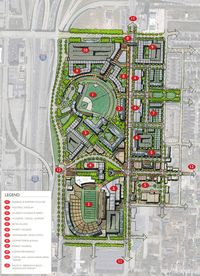
Thus the Sun Belt becomes the rusting suburb, as the center of economic activity moves to college campuses. Real estate markets are turned on their heads, and politics inevitably follows. What happens to suburban Republicans when they find a majority of their constituents are poor or minority? Is you is or is you ain't my constituency, they'll ask, before being ridden out of town on a rail.
This won't be matched by a conservatization of the city, because once population density rises to over 800 per square mile, people recognize that they are indeed city-dwellers, that they can't and no longer want to run away from urban problems. They become Democrats.
We always think of politics as being a leading indicator of change, but it is in fact a lagging indicator. And media lags behind even our politics.
What leads is economic change. Where is money being made? What do people have to do in order to make more of it?
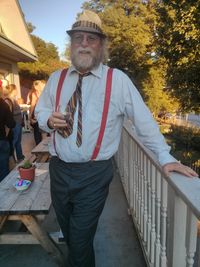
We live closer together because we need one another. As we need one another, we need institutions to protect us and infrastructure follows. These needs change our politics, they change our habits, they transform our lives.
And the media never catches on to any of it until it has already happened. That's what my career has taught me about my profession. It's myopic. That means old media must die and new media must take its place. What journalism needed from was not my words, but my entrepreneurial energy. So I've turned into a historian instead.
I hope my kids can do better.


